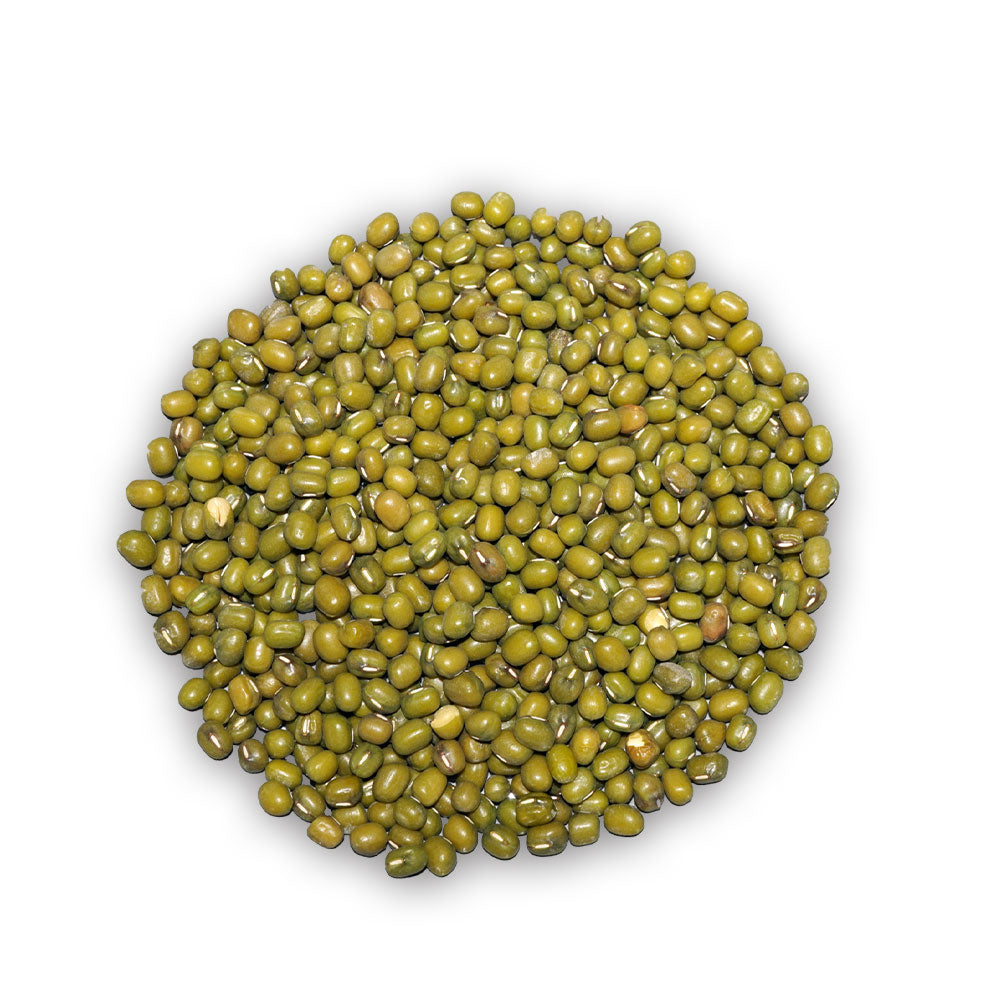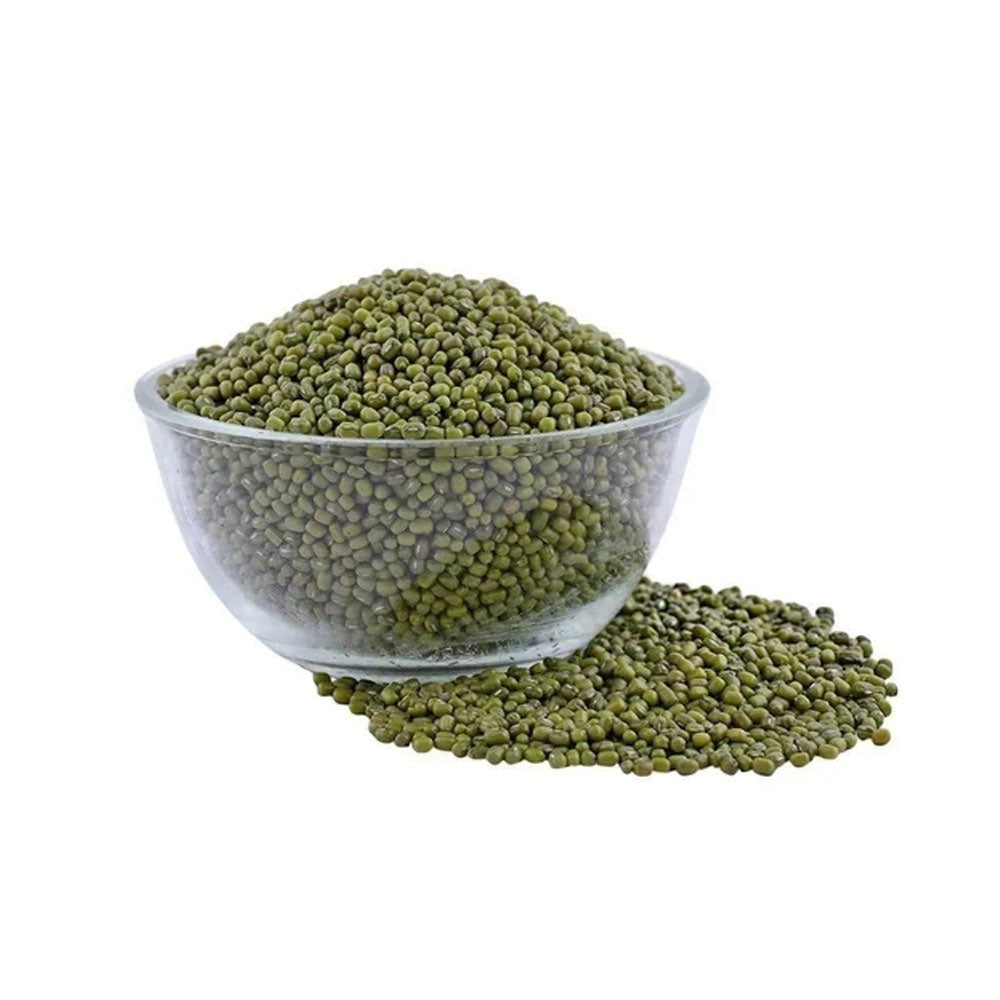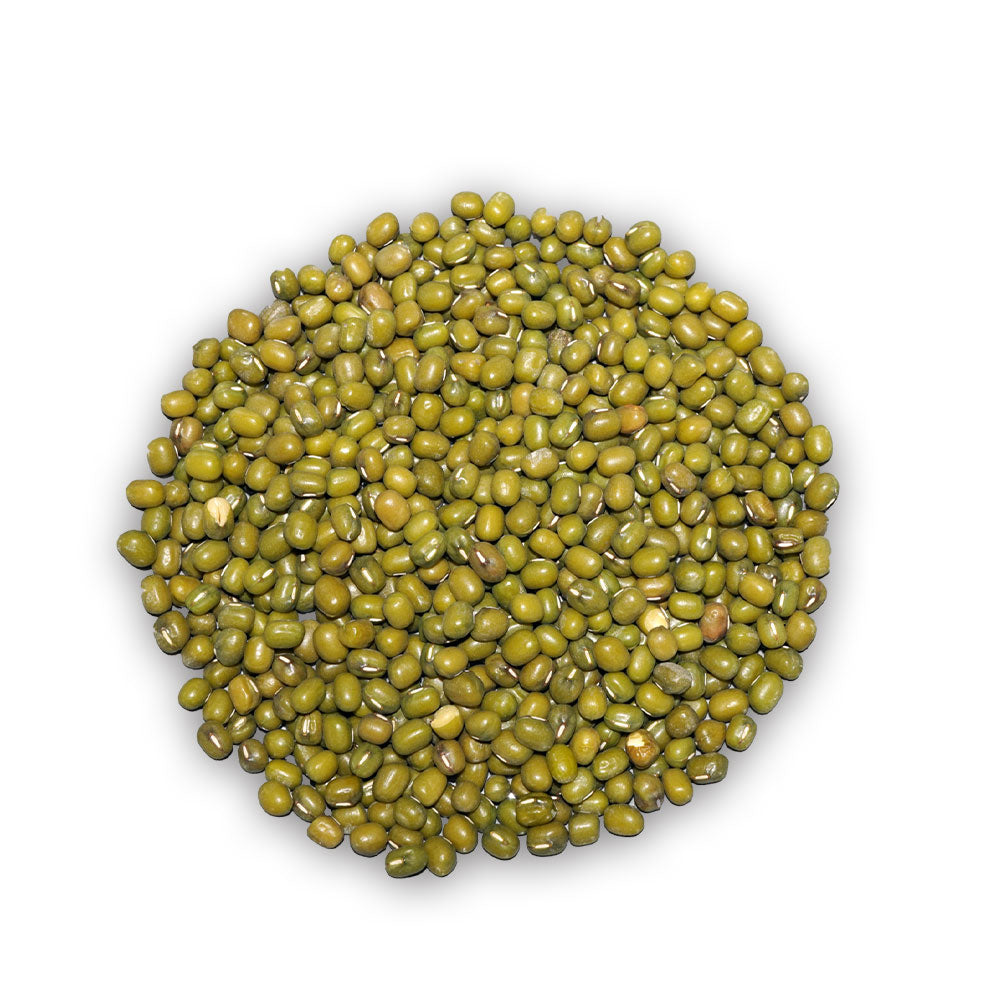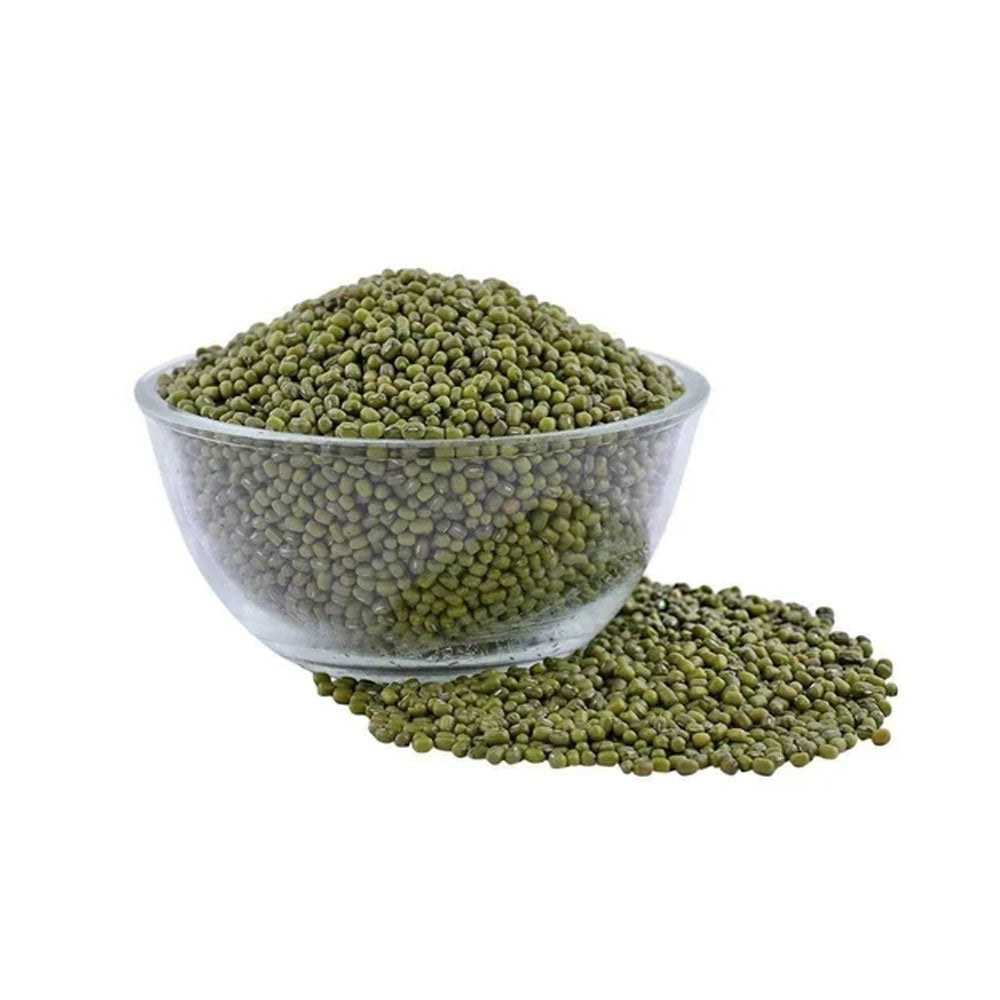Spice Hub of India
Moong Whole
Moong Whole
Couldn't load pickup availability
"Moong" commonly refers to mung beans, small green legumes widely utilized in various culinary traditions around the world. These beans serve as a valuable source of plant-based protein and find application in soups, stews, salads, and an array of other dishes.
Here are key points about moong (mung beans):
Nutrition: Mung beans boast a rich profile of essential nutrients, including protein, fiber, vitamins (especially folate and vitamin B6), and minerals such as iron, magnesium, and potassium. They also provide a good dose of antioxidants.
Culinary Uses: Mung beans can be sprouted for use in salads or sandwiches. Additionally, they feature prominently in the preparation of dishes like dals (soups or stews), curries, and desserts. In some culinary traditions, they are ground into flour to create crepes or pancakes.
Health Benefits: Recognized for their nutritional content, mung beans are deemed a healthy food choice. Popular in vegetarian and vegan diets for their protein content, they are known to aid digestion and may offer various health benefits, including potential regulation of blood sugar.
Cultural Significance: Mung beans hold cultural importance, particularly in Asian cuisine, including Indian, Chinese, and Southeast Asian dishes. They serve as a staple ingredient in numerous traditional recipes.
Varieties: Mung beans come in different types, with green being the most common and often used in savory dishes. Yellow mung beans, on the other hand, are occasionally employed in sweets and desserts.
Share




